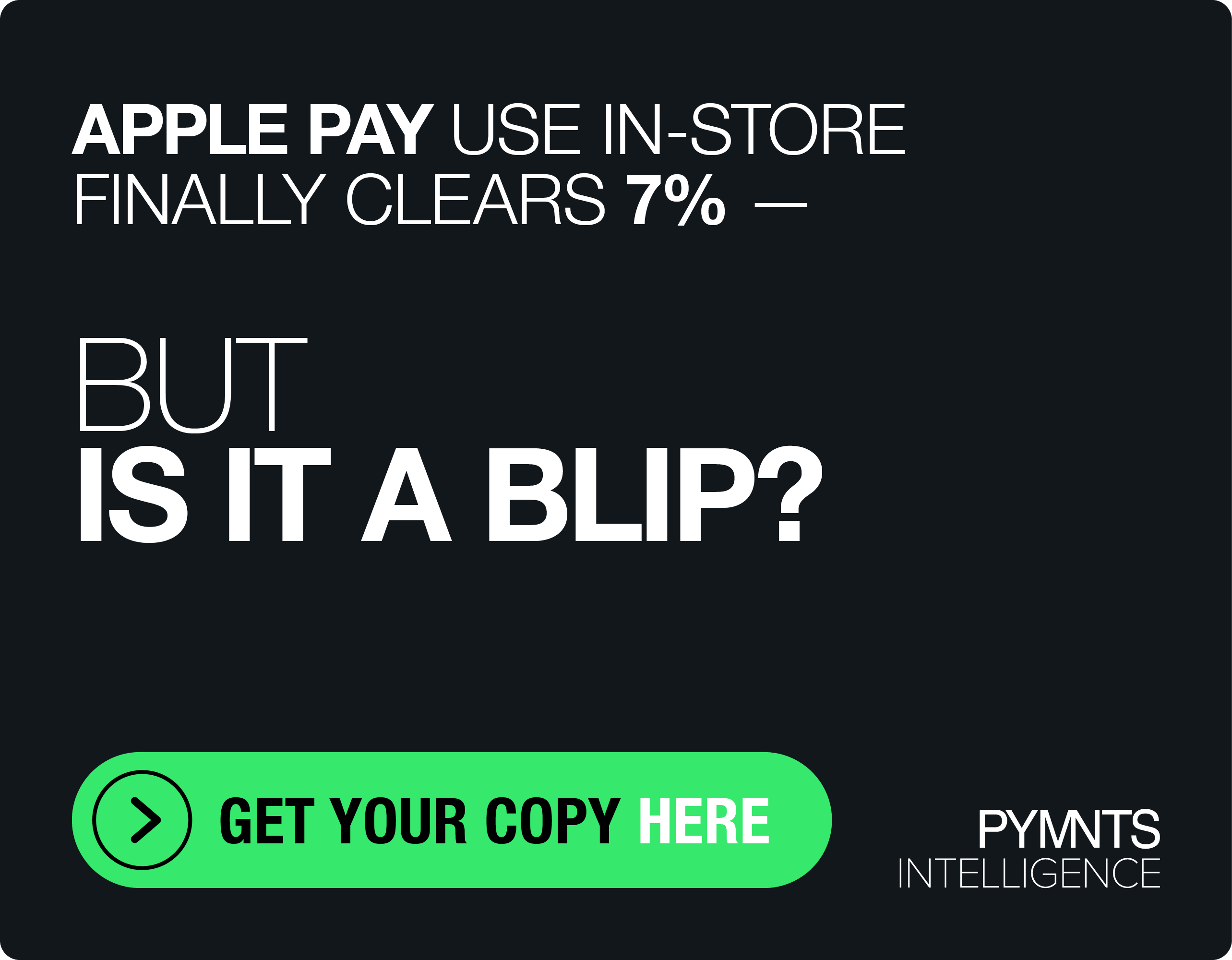Making B2B Open To Open Source
In the B2B realm, across industries and enterprises of all sizes, technology can be lacking. Some company stalwarts cling to paper as a way of doing everything from invoicing to payment. Yoav Kutner, founder and CEO of SaaS firm Oro Inc., explains to PYMNTS why open source opens up a new way of eCommerce and transactions for SMBs.
The eCommerce software space is a crowded one, with vendors offering any number of ways to track product data. B2C may grab the spotlight with innovation and omnichannel initiatives, and B2B has some catching up to do. But as small businesses recognize the need to adapt quickly to satisfy both their customers and suppliers, flexible software can make all the difference, according to Yoav Kutner.
His company, Oro Inc., has announced OroCommerce, an open source B2B commerce platform, currently in alpha release. Beta is scheduled for first quarter of next year, and general availability in the second quarter. He gave his thoughts to PYMNTS on what SMBS need now in order to thrive in eCommerce, payments and beyond.
PYMNTS: In the release announcing OroCommerce, you stated there are “technology and user experience gaps.” Could you address each of these separately – what are the gaps?
YK: The “user gap” we have seen is one that we see lies between the B2B and the B2C experience. The big difference is when people are shopping – but in this case they are buying for their company rather than for themselves. We see that the look of B2B and some of the functionality as companies transact online is archaic – it looks bad, and the design is bad.
Nowadays in B2B there are younger buyers, with some expectation that as they conduct business they will have the same experience, visually and otherwise, that they would have, say, buying things from Amazon or eBay. That means, for B2B, ease of use, and navigation.
In B2B, online purchasing can mean going through a catalog, a large catalog in some cases and in some cases they can be boring and in some cases it can be hard to find what you are looking for. For the seller, in any industry, there is the desire to customize an online presence for B2B and eCommerce that allows for what could be called “brand recognition,” but in a B2B setting. That means visuals and ease of ordering.
From a technology standpoint, the open source platform is a good platform for SMBs, with advantages over a closed group of software, because it allows for that flexibility in creating a B2B brand. For the technology user, the open source allows for customization along the user interface as much as you want, which plays into that online shopping experience and brand building in this case from a B2B perspective.
Because open source is tested continuously by developers and also winds up costing less, to keep working with that system, especially given licensing costs, that can be significantly less than other technology ecosystems.
PYMNTS: How does open source specifically benefit payments activity in B2B? Could you speak about how B2Bs can use open source to address back office functions?
YK: In terms of payments themselves, we are in the midst of talking with merchants and some of the bigger players in the industry to integrate with them in order to offer direct payments across B2B. We support both terms payments and credit card payments, which is something that more and more merchants want. That support extends to the accounting departments and purchase order activity, which benefits from electronic formats that cut down on paperwork.
We’re not yet in cross border, but that is something we’d be looking to do, and is part of the company roadmap, especially looking across at China, and the increasing interest in selling direct to the U.S., which is something we saw in B2C. And that leads, for us, to personalized price lists, contract pricing and configurable payment terms.
Looking at the back-end functions in B2B, with open source, the ability is there to integrate to within any kind of depth within an organization. That extends to archaic back office systems, ones that do not allow customization, with a closed system in place. Through open source we are able to offer a full lifecycle of order management.
Another example would be an ERP that does not support a payments gateway. Or in the case of security, tokenization, which might need to be integrated from the front of a B2B interaction, all the way to the back of the organization. We work with gateways, and third parties, to ensure that the security aspect of the transaction, such as in tokenization, is supported.
PYMNTS: Are there particular industries that gravitate toward open source for use within B2B?
YK: We find that as of late, more SMBs have been coming to the technology. That makes a bit of sense. These are companies that are a bit more nimble; they evolve more quickly than larger players. They adapt to new technology more easily. The target audience is B2B business with total revenues that span between $50 million to $750 million.
Especially with larger B2B, some firms have been relatively slow in adapting some technologies that work to the industry’s advantage. The requirements here may be deeper than what would be seen, for example, with B2C.
And SMBs are mindful of cost of ownership, with interest in the customizable nature of the technology. There is interest in the fact that there is no vendor lockup and no one has to be tied to an off-the-shelf solution with limitations in place.
For merchants, there is the fact that any data that is in the system can be used in reports, from quote to order flow and with the ability to cross borders and languages.
